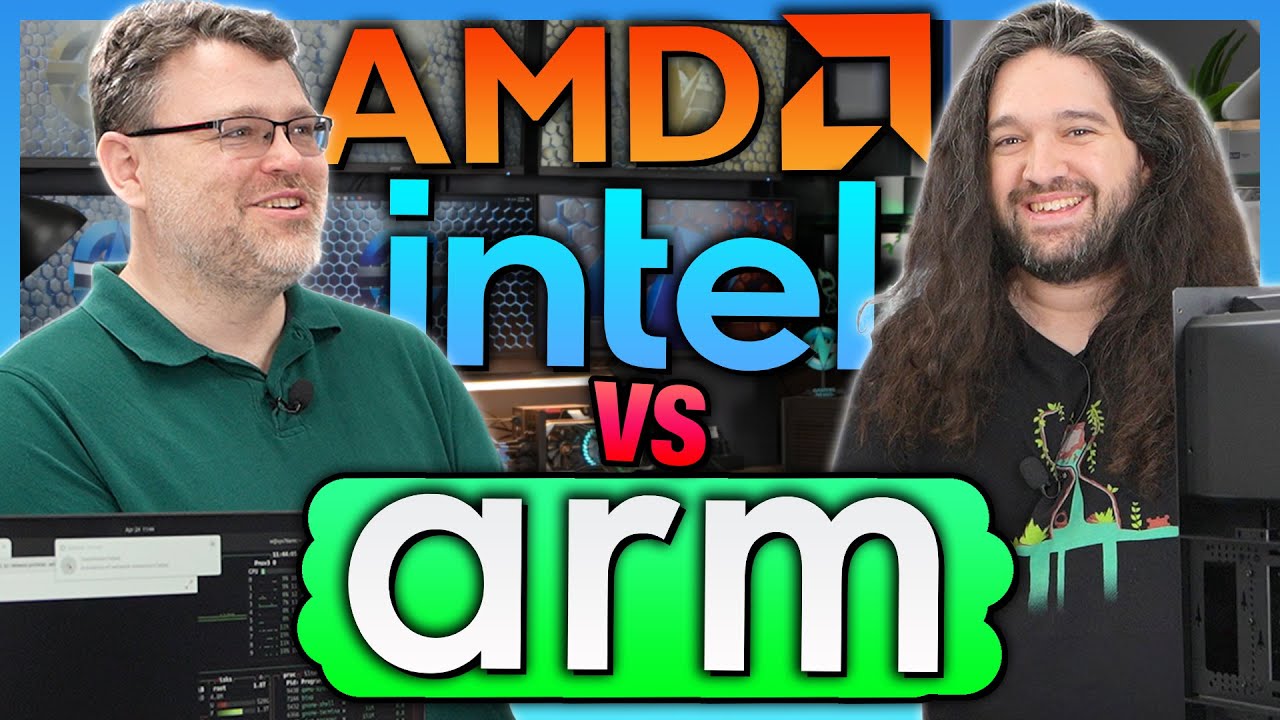Wendell from Level1 Techs argues that x86 architecture is increasingly “screwed” as ARM gains dominance in markets like automotive, cloud, and embedded systems due to its superior efficiency, scalability, and simplicity. He emphasizes that while x86 remains powerful, its legacy complexity limits its future growth, and the industry is shifting toward ARM as the primary architecture for many applications.
The video features Wendell from Level1 Techs discussing the current state and future prospects of x86 architecture, especially in comparison to ARM. He highlights that ARM CPUs are increasingly dominating various markets, including automotive and cloud computing, where they have displaced traditional x86 systems. Wendell points out that ARM’s advantages in power efficiency, cost, and scalability are making it a preferred choice for many developers and enterprises, leading to a decline in the relevance of x86 in these areas. He suggests that in certain markets, x86 may be effectively “screwed” because the shift towards ARM is irreversible and driven by economic and technical benefits.
Wendell showcases a high-end ARM workstation from System76, emphasizing its capabilities for ARM development and its position as one of the fastest ARM systems available. He notes that this platform is ideal for automotive and embedded systems development, where ARM’s efficiency and scalability are highly valued. He also mentions that Windows on ARM can run virtual machines with native hardware support, providing a seamless experience for developers. This demonstrates how ARM is becoming a serious contender in professional and specialized environments, further challenging the dominance of x86.
The discussion then delves into the technical and architectural differences between x86 and ARM, with Wendell criticizing x86’s legacy complexity. He explains that x86’s long history of backward compatibility has resulted in a system that relies heavily on hardware translation and emulation, which can hinder innovation and efficiency. In contrast, ARM’s design, focused on power efficiency and simplicity, has enabled better integration with modern hardware and software. He highlights how Apple’s switch to ARM has improved battery life and system stability, illustrating the advantages of ARM’s architecture.
Wendell also covers the strategic responses of Intel and AMD, noting that both companies publicly affirm x86’s relevance despite the market shifts. He suggests that their motivation is driven by licensing, market share, and maintaining consumer confidence. However, he argues that the real innovation and growth are happening outside of x86, especially in embedded and cloud sectors, where ARM’s advantages are clear. He emphasizes that while x86 remains powerful in raw performance, its future is limited by its legacy baggage, and it must evolve to stay competitive in a rapidly changing technological landscape.
In conclusion, Wendell asserts that x86 is on a “screwed” trajectory, with ARM increasingly taking over key markets. He believes that the decline of x86 sockets in servers, laptops, and embedded systems is inevitable, driven by ARM’s superior efficiency and lower costs. He advocates for continued innovation in x86 to reduce legacy overhead, but ultimately suggests that the future belongs to ARM. The video ends with a call to explore more about this evolution through Level1 Techs, emphasizing that the landscape of computing architecture is rapidly transforming and that x86’s dominance is waning.
